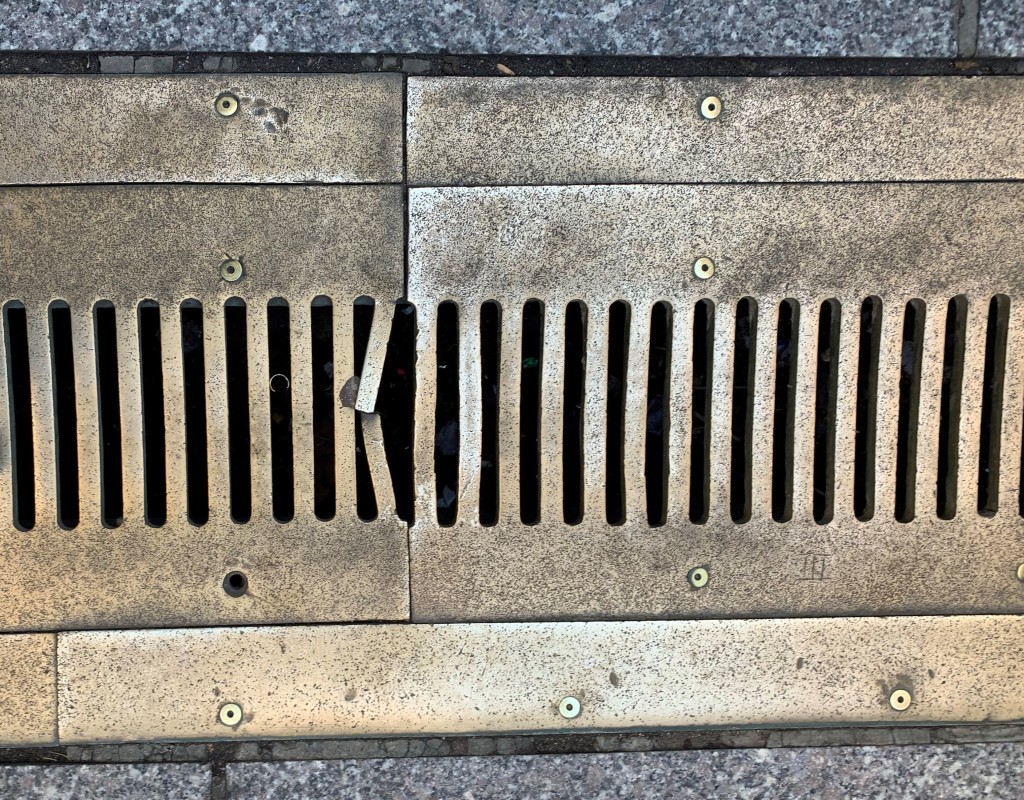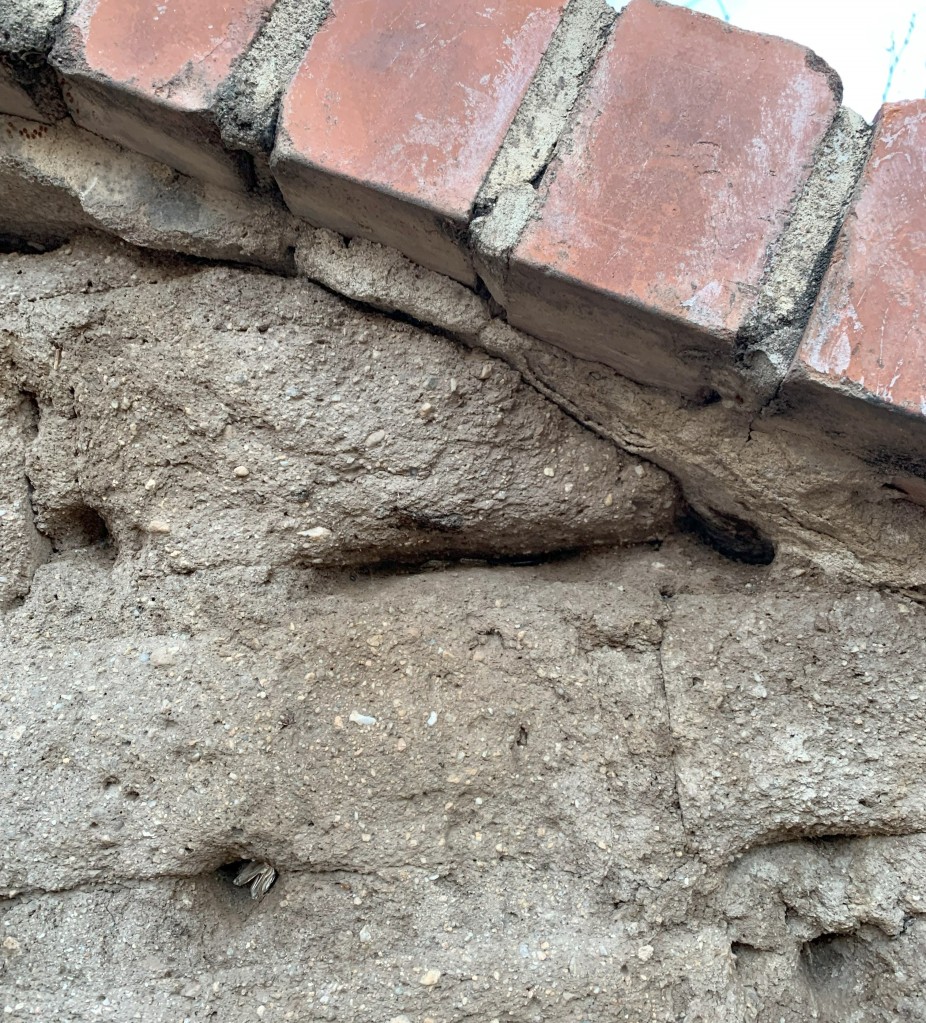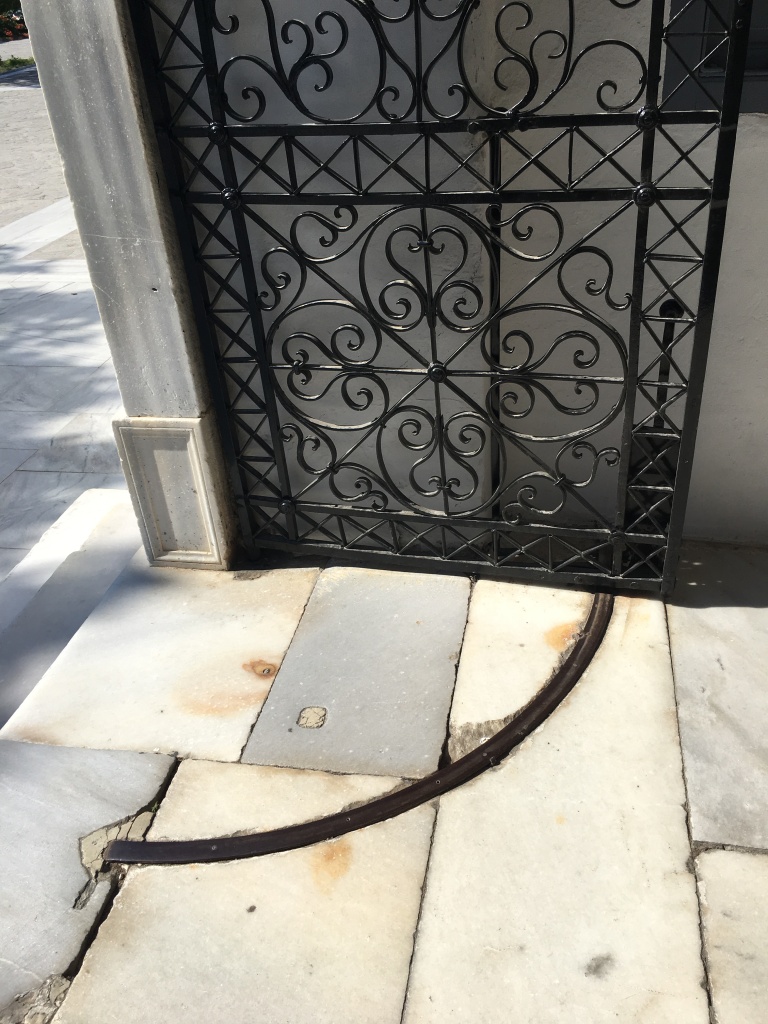I know it’s late… in the project.
I know you’re weary… of the hard questions.
I know your plans… for this last week before the deadline… don’t include me.
“How do you write the specs?” I was asked recently at an untimely point – late – in a project – by the project manager at the architecture firm.

I took a deep breath.
I have been working with many of my architect-clients for many years, and sometimes I forget that people who are new to me may be new to specifications altogether. Mea culpa.
So. When I write the specs for your project, the first thing I do is sit down with my notepad, and my pen, and your drawings.
Yes. First, I need your drawings.
I know it’s late.

I look at the drawings and I make notes about them on my notepad. Some info from my review starts to live in my memory. Some needs to be written down. Either way, I need to get going on the written work very soon after my drawing review, before another project’s buildings lodge themselves in my head.

When I review your drawings, I look at the graphics, but I really study the notes.
I worked as an architect before I became a specifications consultant – I have been in your position before, visually communicating the design through drawings. But something important that I didn’t fully realize until I became a specifications consultant is that much less information is communicated in the graphics than some people think. A lot of the design that you’re drawing is in your head – in your personal understanding and memory reservoir. It can’t all get out through a drawing, or even a model. You are filling in some gaps with your mind.
I know you’re weary.

Part of the process of doing a good job writing specs is helping to fill in the gaps in the actual construction documents – I do need to know what’s in the gaps to be able to write a complete project spec. And the contractor will need to know what’s in the gaps to be able to build the building according to the design intent and the owner’s wishes. So, I am probably going to ask you a lot of questions.
A specifier is interested in both the minute details and the overall big picture in a way that an architect involved in the daily or weekly preparation and communication of the design and drawings often cannot be. If your spec writer is also an architect, you may be getting a “second set of eyes” on your drawings, a person who notices a few little issues here and there that an in-house reviewer might not notice because of the historical knowledge of the project that is stored in their head, even if they just overhear things about the project occasionally.
Regarding the very specific details – most architects understand why the specifier is interested and involved in those. (We put in the specs the info that shouldn’t go on the drawings because it’s too much, or too detailed, or related to process more than products.)

Regarding the big picture – I think a specifier’s grasp of this has to do with the way most specifiers approach our work. We work through a database or checklist or a sort of subtractive process. (Don’t need that, don’t need that, wait – might need that – need to ask, yes need that, nope don’t need that anymore. Oh, we’re gonna need that, because I see the old one going away on the demo plan and prep for a new thing is called out even though the new is actually not on the construction plan yet. I think we need this even though it’s not on the drawings because I see this other thing on the structural drawings…)

I know your plans don’t include me.
Architects, I have been in your shoes. I know what it feels like to coax, push, drive, drag yourself forward through fatigue and “overwhelm” to get to the deadline… encouraging yourself by telling yourself that it will all be over after the deadline and that you only have “this much” left… and then someone like me comes along and tells you there’s more to do. I feel compassion for you in your position. I have been there before and I truly know how it feels.
Let’s find a way.
Let’s find a way… to work together better to help get beautiful buildings built. I will keep in mind how you work. I will keep in mind that not all architects are familiar with specifications. Please ask me anything, anytime, about how I work. We’ll find a way.

(Apologies for doing weird things with a great song.)